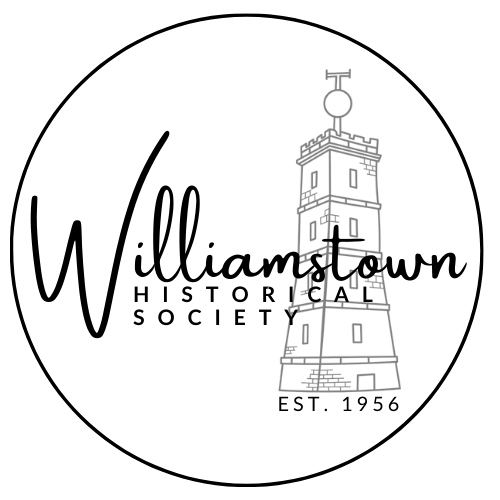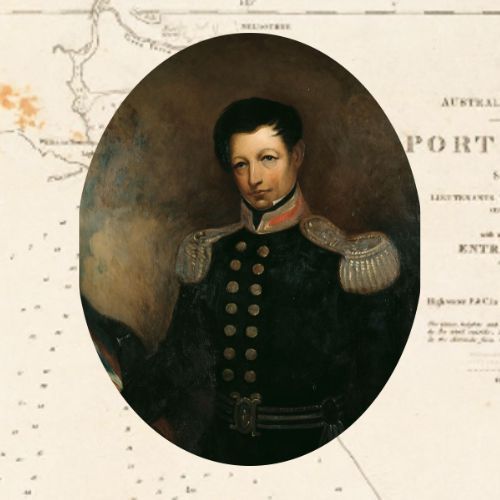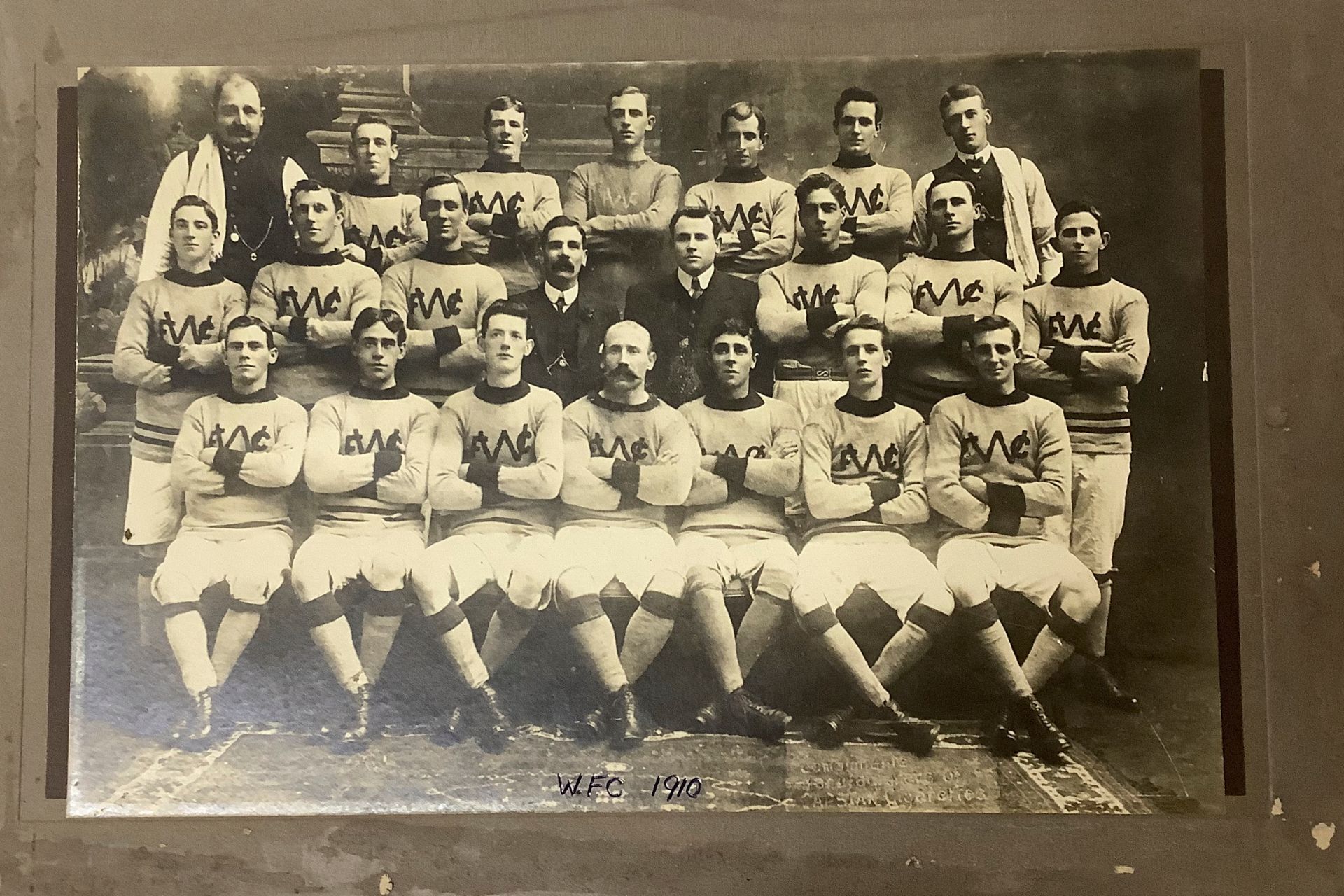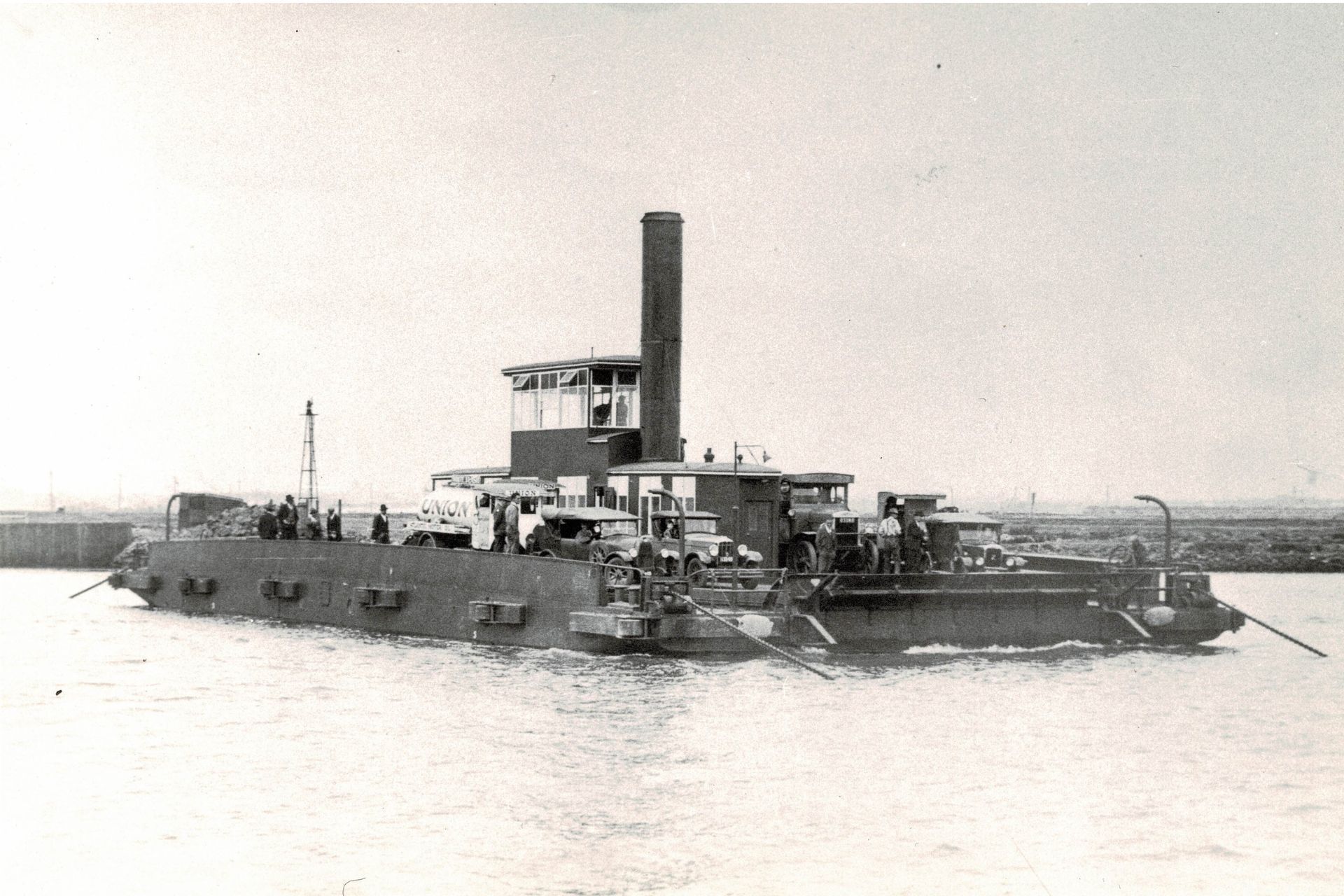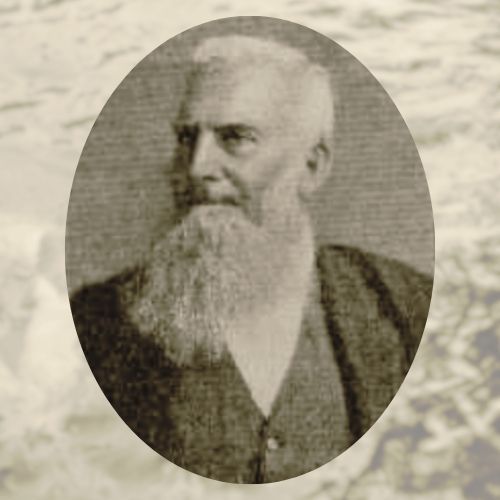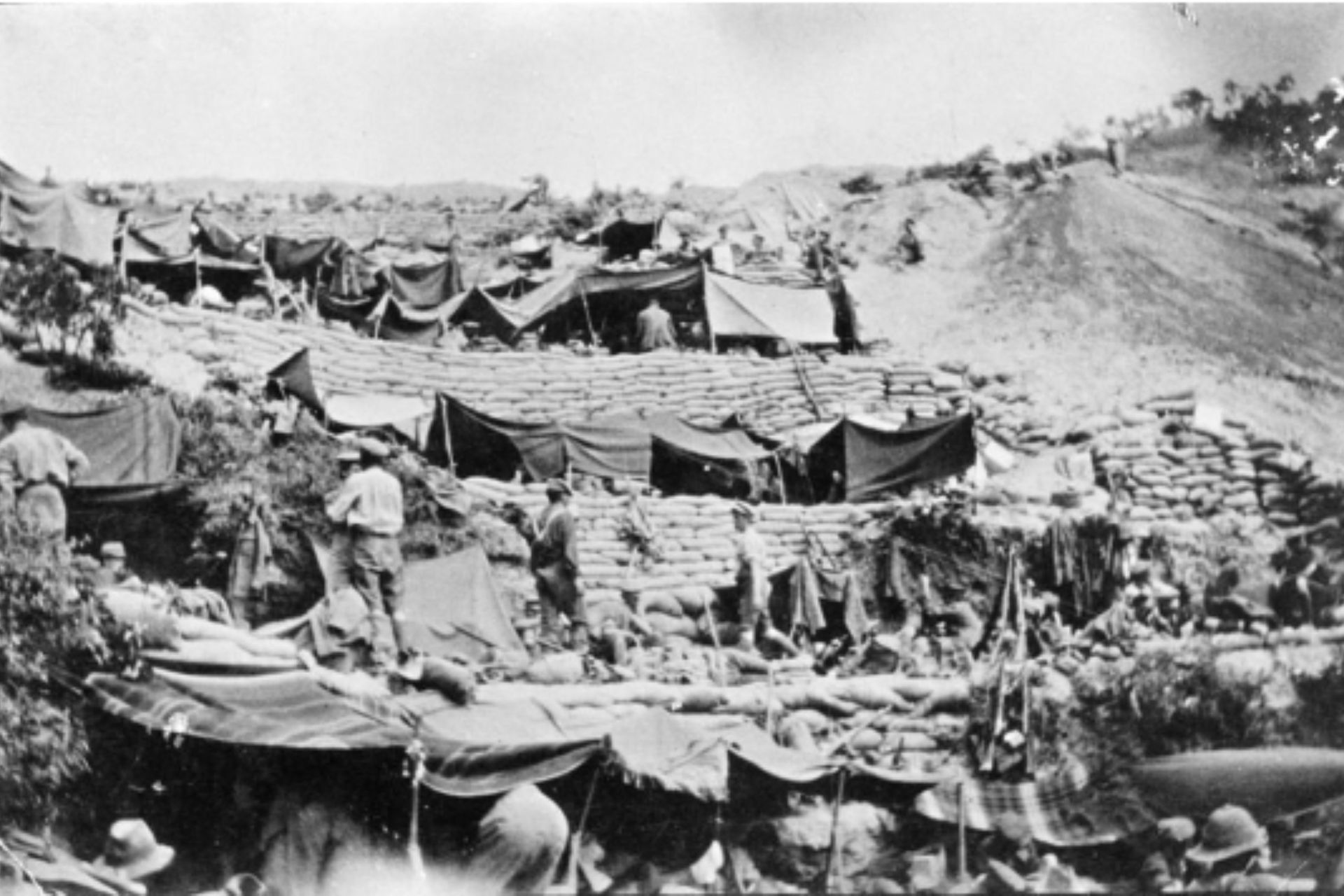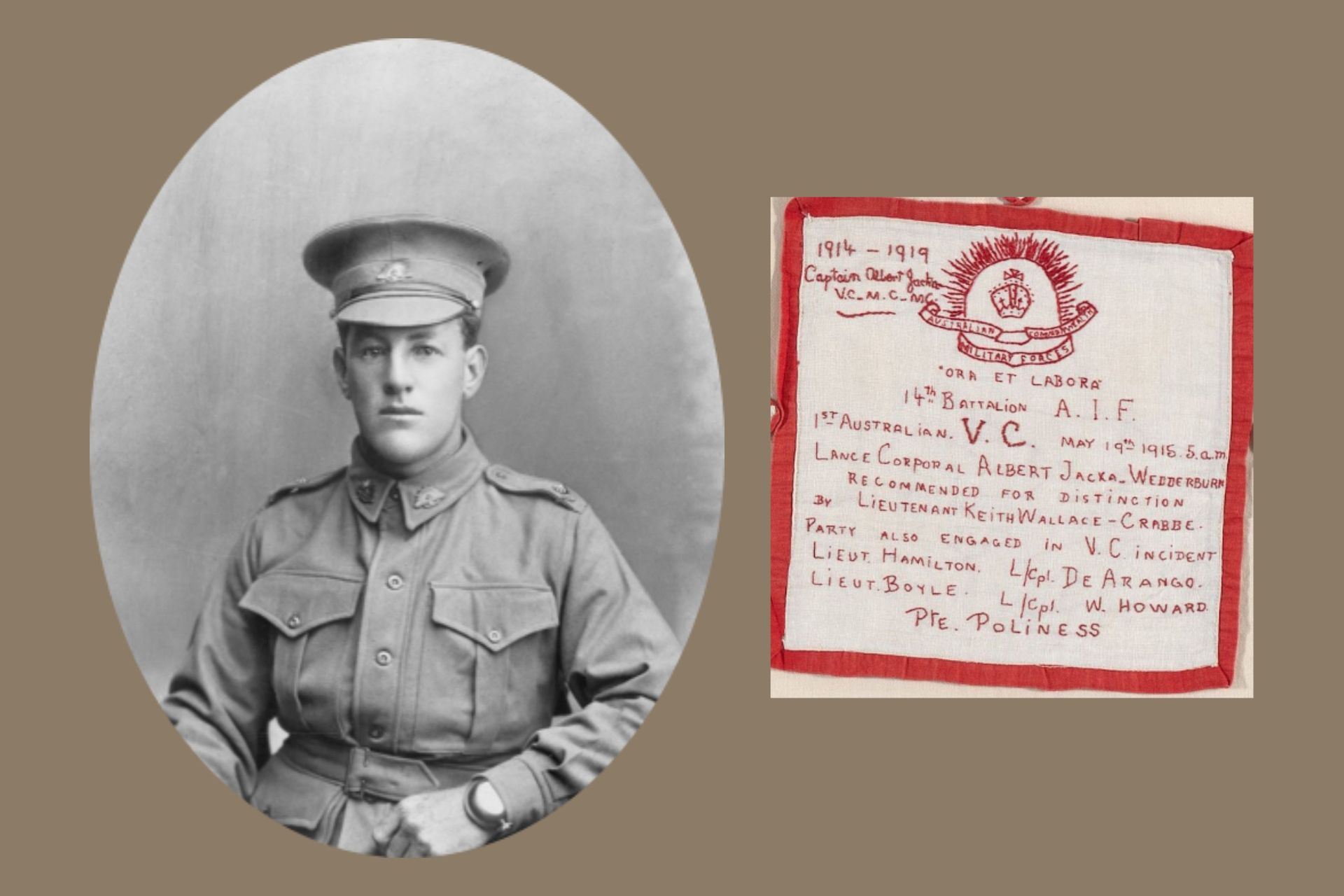The Penal Hulks of Williamstown
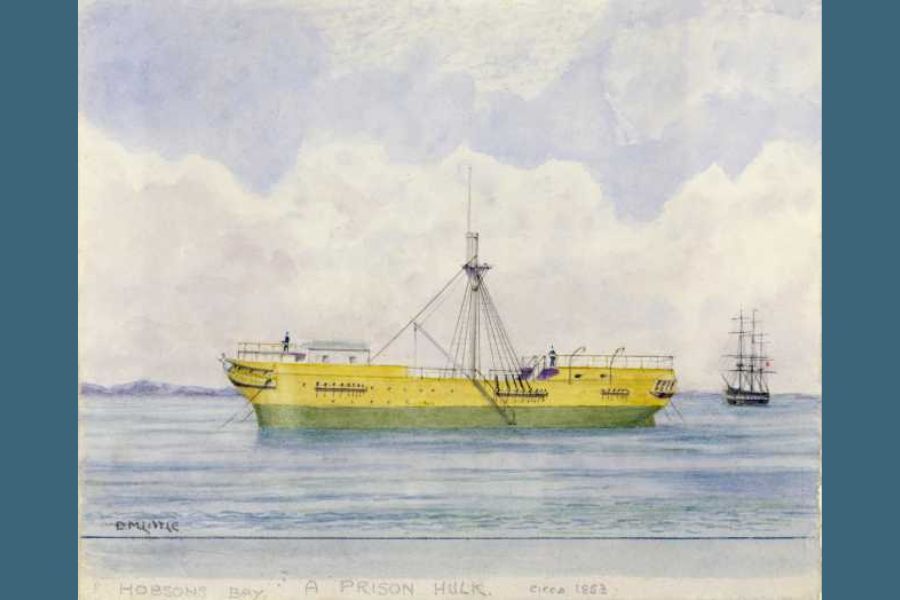
Prisons and stockades were filled to capacity
The Settlement at Port Phillip was separated from the parent Colony of New South Wales in 1851. It was named Victoria at the time of separation. The Colony had resisted the introduction of transported convicts and very few were brought to the district. When the news of the rich gold discoveries in Victoria reached the neighbouring colonies, convicts who had served their time, held tickets of leave or had been conditionally pardoned, swarmed to the goldfields.
Robberies, illegal entry of dwellings and hold-ups on the roads around Melbourne were constant occurrences. The vessel "Nelson" was plundered by armed bandits and gold to the value of $25,000 was carried off. Victoria protested against the invasion of the ex-convicts without result. Seamen deserted their ships and public servants left their jobs to search for gold.
As prisons and stockades were filled to capacity, it became urgent that some means of confining the ever-increasing numbers of prisoners be devised. Under such conditions, penal hulks were established and moored in Hobson's Bay off Williamstown. Eventually, five penal hulks were fitted out, as well as a guard ship to house the police. The first hulk, the "President", was purchased in 1852, and was ready to receive its first prisoners on 15th December of that year. It was used for the longest-term and most desperate prisoners, all of whom were confined in 84 separate cells. Still, the number of convicts grew and more hulks were pressed into service. Early in 1853 the "Success" accommodating 130 was opened, followed by the "Sacramento" (128), the "Lysander" 300 and the "Deborah" 80.
The men from the "Success" worked in the quarries and learned the art of cutting stone. They carried out many public works at Williamstown, including the construction of the Breakwater Pier 1855. The Tide Gauge House which was attached to the pier is another example of their skill (now in the Commonwealth Reserve - classified 'A'). From all the hulks there were continuous endeavours to escape. There were also many assaults and acts of revenge on warders. The irons, in which all were confined, were necessary to restrain violence. Many men escaped by cutting the rivets away from their irons, and others by ovalling them and slipping them over the ankles.
Murder was by no means unknown. Prisoners from the "Success" committed at least two murders. The first was on an occasion when men were being taken by boat across to Gellibrand Point to work. They killed the boatman by hitting him on the head with a spalling hammer. The boat was capsized, seven prisoners got ashore, but they were quickly recaptured. The second murder became famous in early Melbourne history - the murder of Inspector-General John Price. On 26th March, 1857, prisoners from the "Success" set on him with stones and shovels and battered him insensible. He died next day. Fifteen men were arrested for the crime and seven went to the gallows. This tragic incident led to the speedy completion of Pentridge Gaol where large numbers of convicts could be adequately housed and supervised.
References:
Article first published in Williamstown Historical Society Newsletter No.5, 6th October 1971, author unknown.
